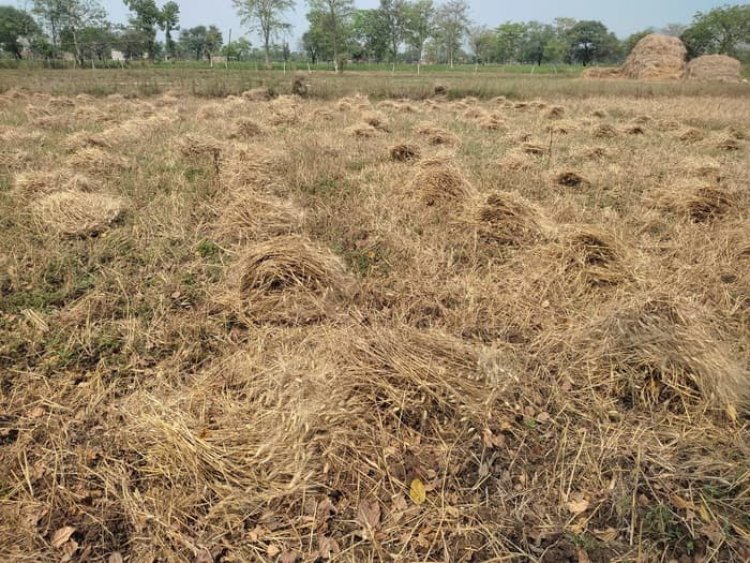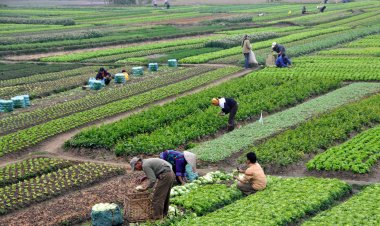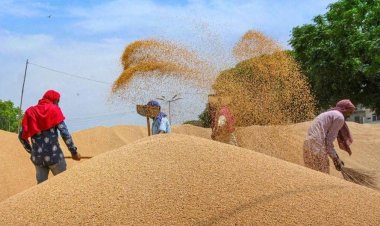Wheat crops suffer damage due to untimely rain, hail
Sudden thundershowers, hail and strong winds in northwest India have impacted agriculture, especially wheat crop.

Sudden thundershowers, hail and strong winds in northwest India have impacted agriculture, especially wheat crop.
Parts of northwest India, including the national capital Delhi and the grain bowl states of Haryana and Punjab, were hit by untimely thundershowers and hail accompanied by strong winds.
The India Meteorological Department (IMD) asked farmers to consider early harvesting to avoid damage to crops.
Untimely rains after mid-March have done damage to wheat this time what the heat wave during last March did to the 2021-22 crop.
A western disturbance originates over the Mediterranean region as moisture heavy system that drifts eastwards over parts of Afghanistan, Pakistan and northern India before it is halted by the Himalayan ranges, where it triggers heavy rains.
Its effects are also felt in parts of central India.
The IMD issued advisories for farmers in northwest and central India, recommending early harvesting of matured crops, fruits, and vegetables, and storing them in safer places or covering them with tarpaulin sheets.
In Madhya Pradesh, Vidarbha, Marathwada, and Sikkim, farmers have been advised to use hail nets or hail caps in fruit orchards to protect them from mechanical damage. In Jammu & Kashmir, they have been asked to make arrangements to drain out excess water from crop fields to avoid water stagnation.
A gradual fall in maximum temperatures by 3-5 degrees Celsius over northwest India is expected in the next couple of days, and a dip of 2-3 degrees Celsius over many parts of West India during the next three days.
The Union government’s purchases of wheat for state-held inventories is on course to reach a three-year high in 2024-25 due to an early start to procurement operations and a bountiful crop following two straight years of lower output, HT reported.
A bumper harvest is critical this year as the government’s stocks -- needed to provide free grains to 800 million beneficiaries under the National Food Security Act -- have plunged to a seven-year low.
Two years of poor output had prompted the Union government to sell a record 10 million tonne of wheat in the open market to boost supplies and curb record cereal inflation.
Sufficient procurement, which refers to the government’s purchases of farm produce at federally fixed floor prices, is also vital this year because wheat inventories are barely above the buffer or mandatory emergency reserve of 7.6 million tonne as on April 1.
Wheat reserves in state-run granaries totalled 9.7 million tonnes on March 1, down from 11.7 million tonnes in March 2023, according to official figures.
2021-22 and 2022-23 have both seen unusual rabi (winter-spring) cropping seasons in terms of weather and yield loss, especially in wheat.
But the patterns of rainfall and temperature variation — and the damage to the standing crop as a result — have been different in the two seasons.
The 2021-22 season was marked by too much rain. The country received rainfall that was way above the “normal” long period average in every month from September 2021 to January 2022. This was followed by the hottest ever March in terms of average maximum temperature



 Join the RuralVoice whatsapp group
Join the RuralVoice whatsapp group








































